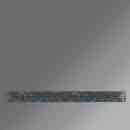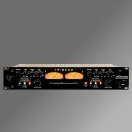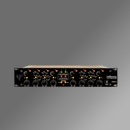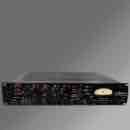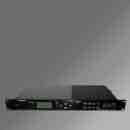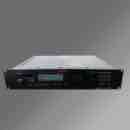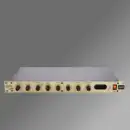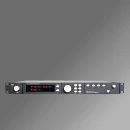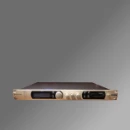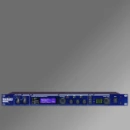
DBX 160 SL
The luxury compressor from DBX
The dbx 160 SL combines the best qualities of the original DBX 160 VU and the DBX 165 with the highest audio quality. Used correctly, the 160 SL gives the signal more space and depth. If necessary, the DBX can really pop it without being unmusical. Both channels can be coupled with stereo signals. The coupling is realized by means of true RMS power summing. This guarantees musical processing of the stereo signal.
DBX has made a real statement in the use of materials with the 160 SL: More is not possible ...
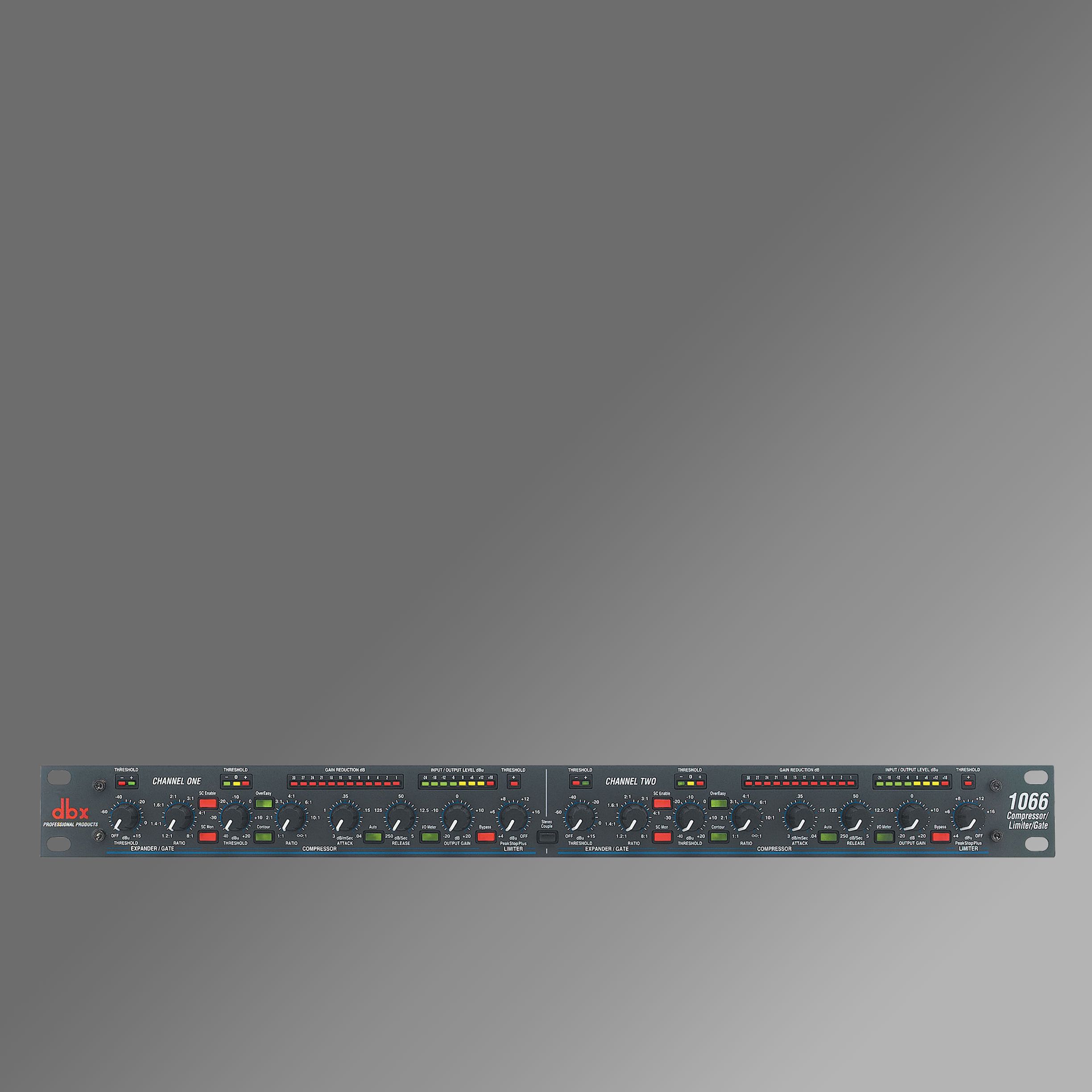
DBX 1066
The workhorse among compressors
The dbx 1066 compressor is not only suitable for the stage. Due to its low distortion and noise values - due to the newly developed V2 VCA - the dbx 1066 also feels at home in the studio and impresses with its high precision and its own sound, which is particularly suitable for punchy drum sounds. Both channels can be coupled with stereo signals. The coupling is realized by means of True-RMS-Power Summing, this guarantees a reliable and yet "musical" processing of the signal.
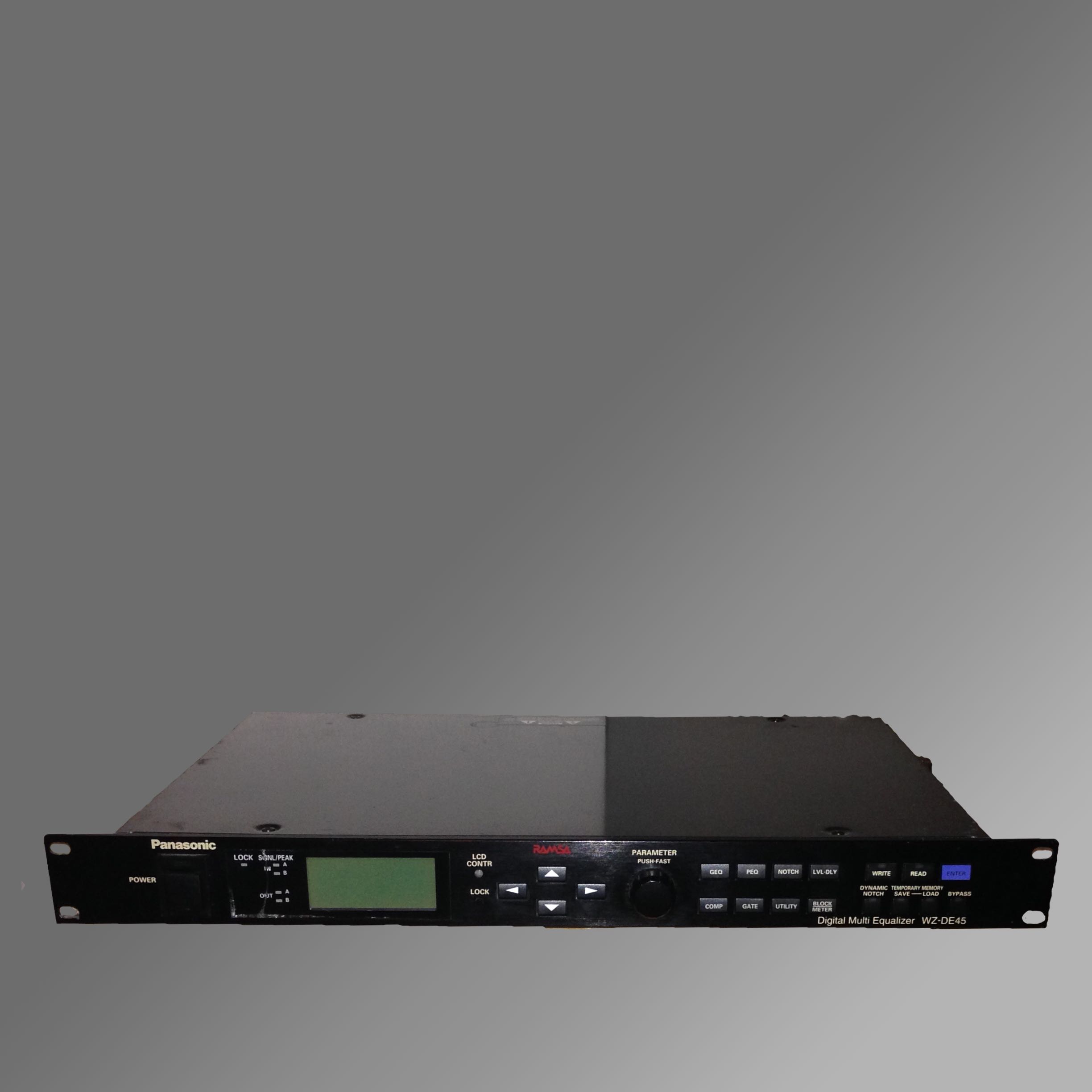
Ramsa WZ DE 45
The digitale EQ from Ramsa
Ramsa is best known as a manufacturer for its 12/2 speaker, which was mainly used by entertainment bands due to its compact size and performance. However, this narrow focus is doing this manufacturer an injustice. Ramsa developed a lot of audiophile treasures in the 80s and 90s and pioneered digital signal processors. The WZ DE 45 has some special features: On the one hand, the DE 45 sounds very inconspicuous. In addition, the WZ DE 45 has very good sounding notch filters for effective correction of room resonances or other spikes in the frequency response. The music signal always remains intact. Thanks to its digital connections, the WZ DE 45 becomes part of the “in the box” system and avoids unnecessary conversions.
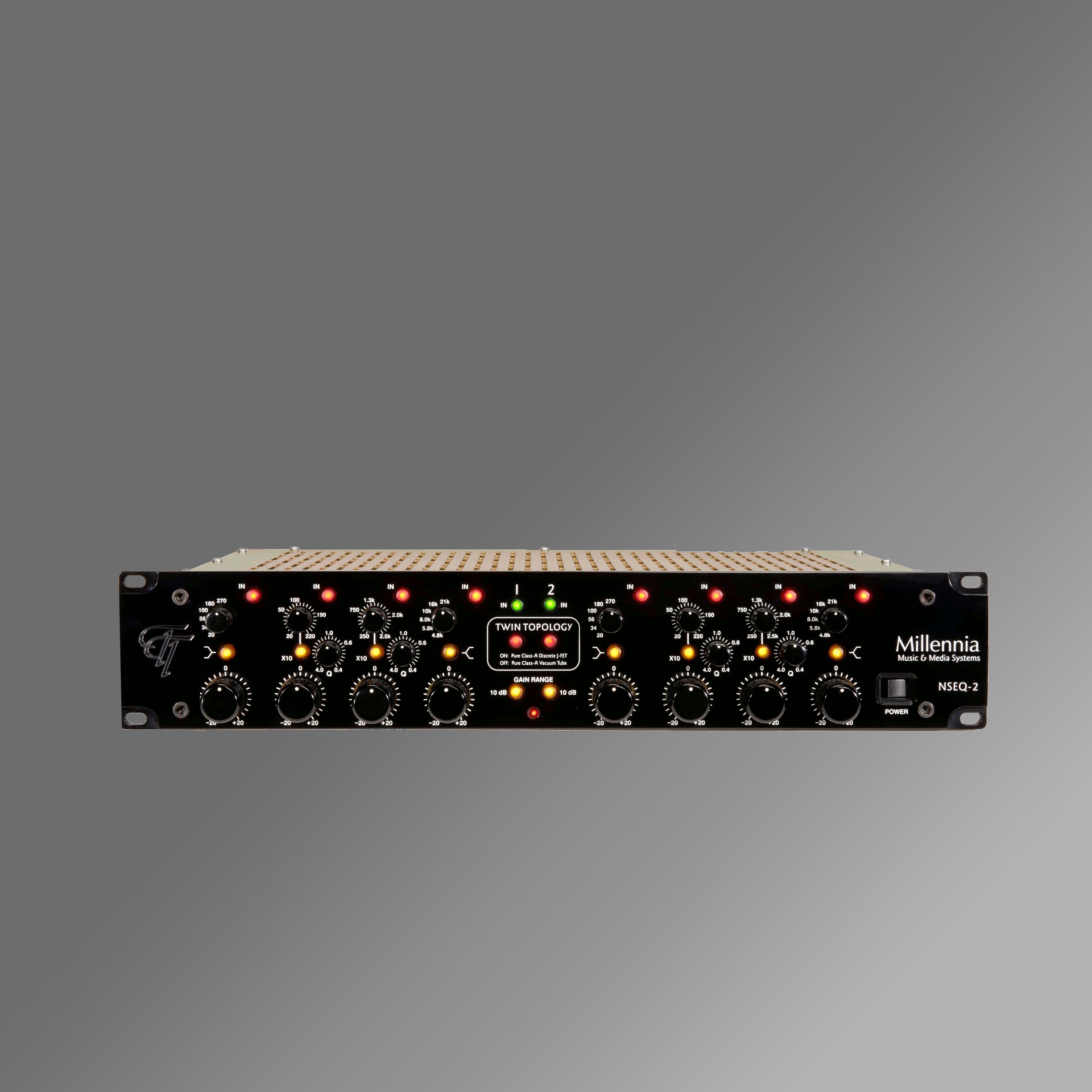
Millennia NS EQ 2
Ultracleaner Shunt EQ with Character
The NS EQ2 equalizer is characterized by its incredible musicality. A transparent solid state path or a subtle, colorful tube path can be chosen for the perfect fit. With both paths, the Millennias always sound extremely clean, stable and magnificently detailed. Its bass response is pitch black, making the signal dark without smearing. The mids are processed without softening the attack, and the high frequency spectrum is the definition of silky smooth. Our devices have the best sounding original Telefunken tubes (NOS = New Old Stock). These give a beautiful subtle coloration especially in tracking and mixing. In masetering situations, we prefer the extremely transparent HV3 circuit, which sounds very musical and open despite all transparency.
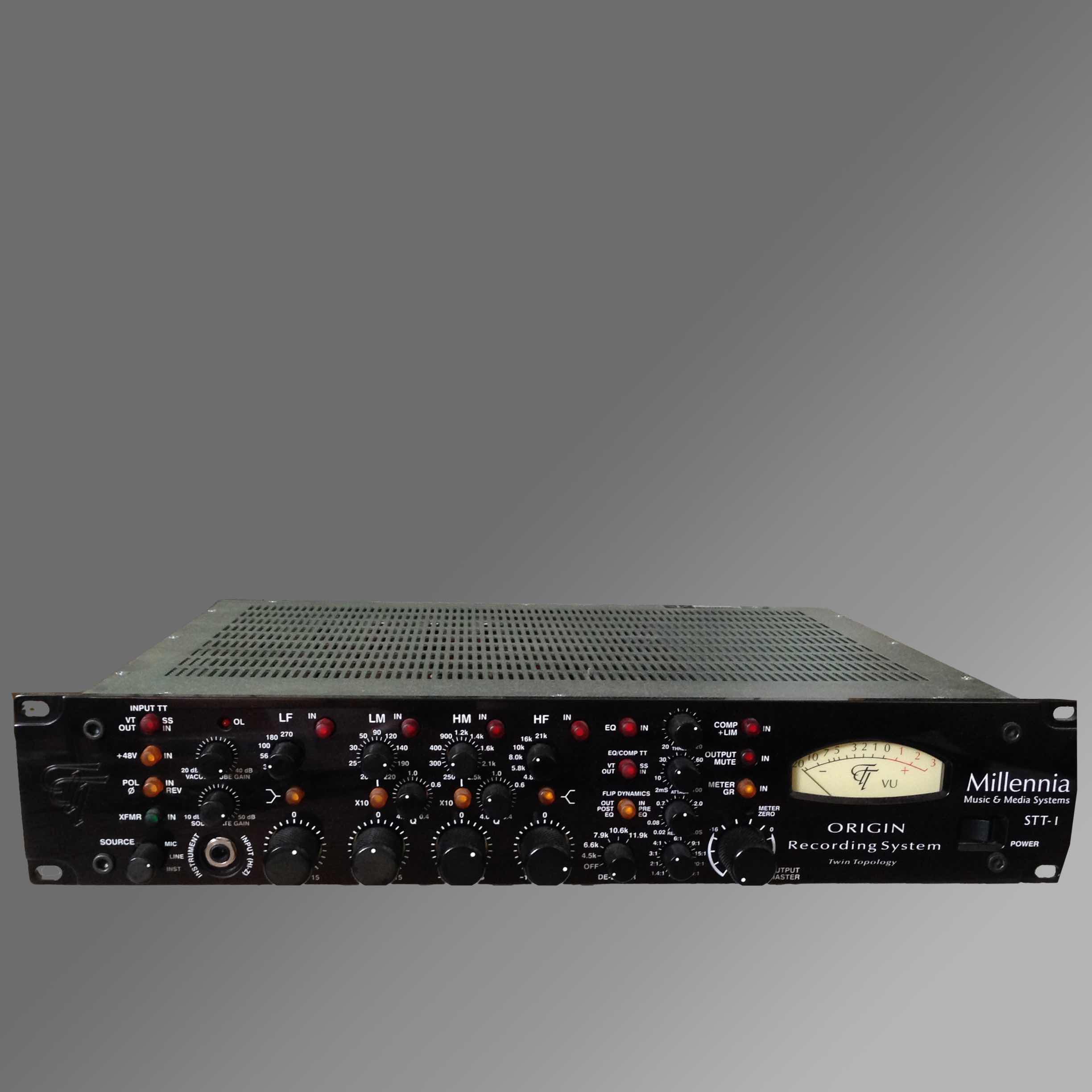
Millennia STT 1
The high end Channel Strip
Our two Millennia STT1 are true quick-change artists. All inputs work either in ultra-clean, completely transparent HV3 transistor circuitry or with the very musical M2B tube circuitry, which passes on the signal somewhat more plastic and softer to the next stage. A transformer can be added to both circuit topologies to give the signal more substance in the low-mid range. The following equalizer is characterized by its outstanding musicality. Solid state paths or tube paths can be selected here as well. In doing so, the Millennias always sound extremely clean, stable and magnificently detailed. Its basses are pitch black, making the signal dark without smearing. The mids are very detailed without softening the attack and the highs are actually silky smooth. The compressor in optoelectronic technology can be switched in either before or after the EQ section. In addition to the broadband compression, this stage also offers a very musical de-esser, which can also very transparently free the music signal from a "harshness". Our devices have the best sounding original Telefunken tubes (NOS = New Old Stock).
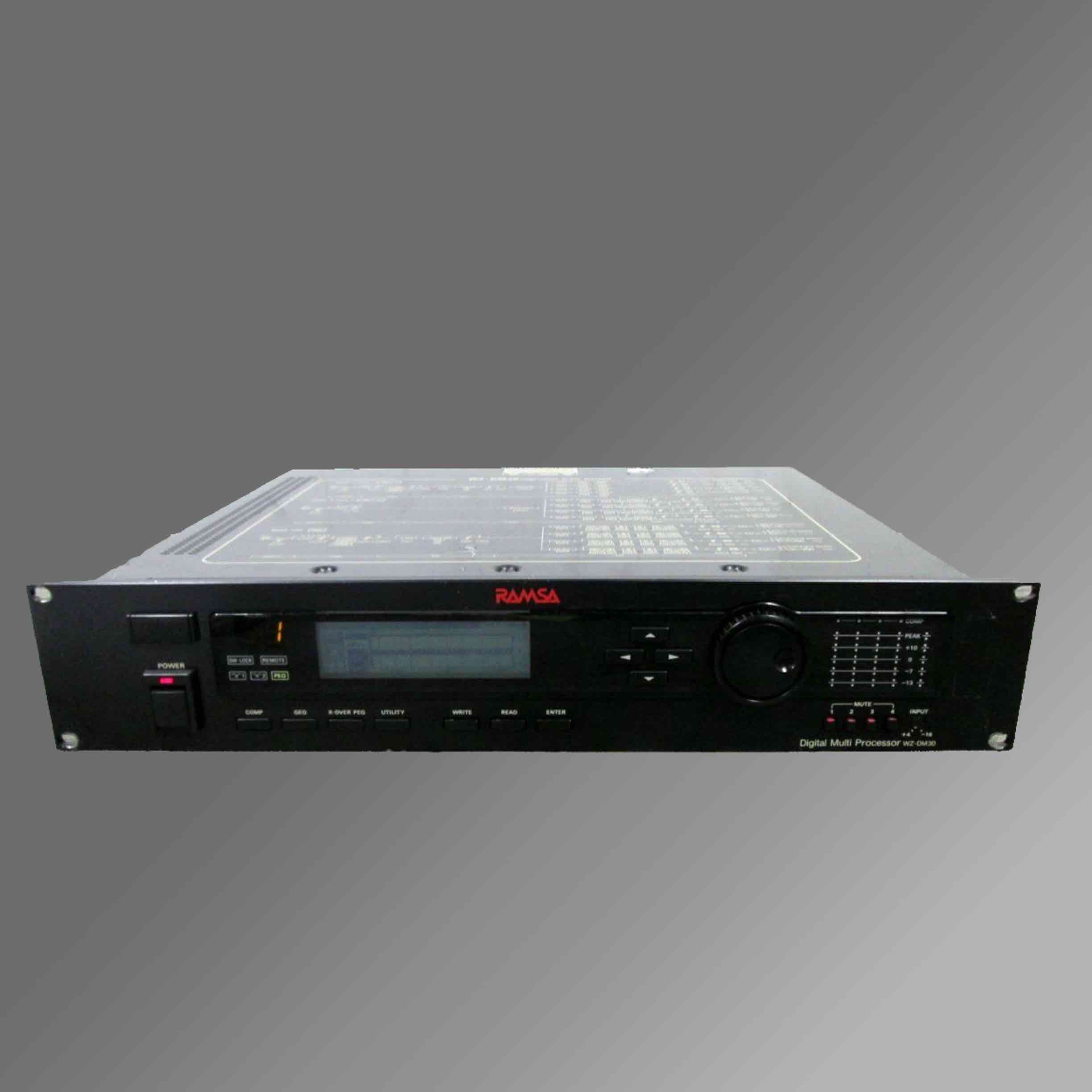
Ramsa WZ DE 40
The early digital EQ
The Ramsa WZ DE 40 was one of the first good sounding equalizers. Today EQ plugins are so good that the DE 40 has now moved to the side rack.
Still a nice and good device.
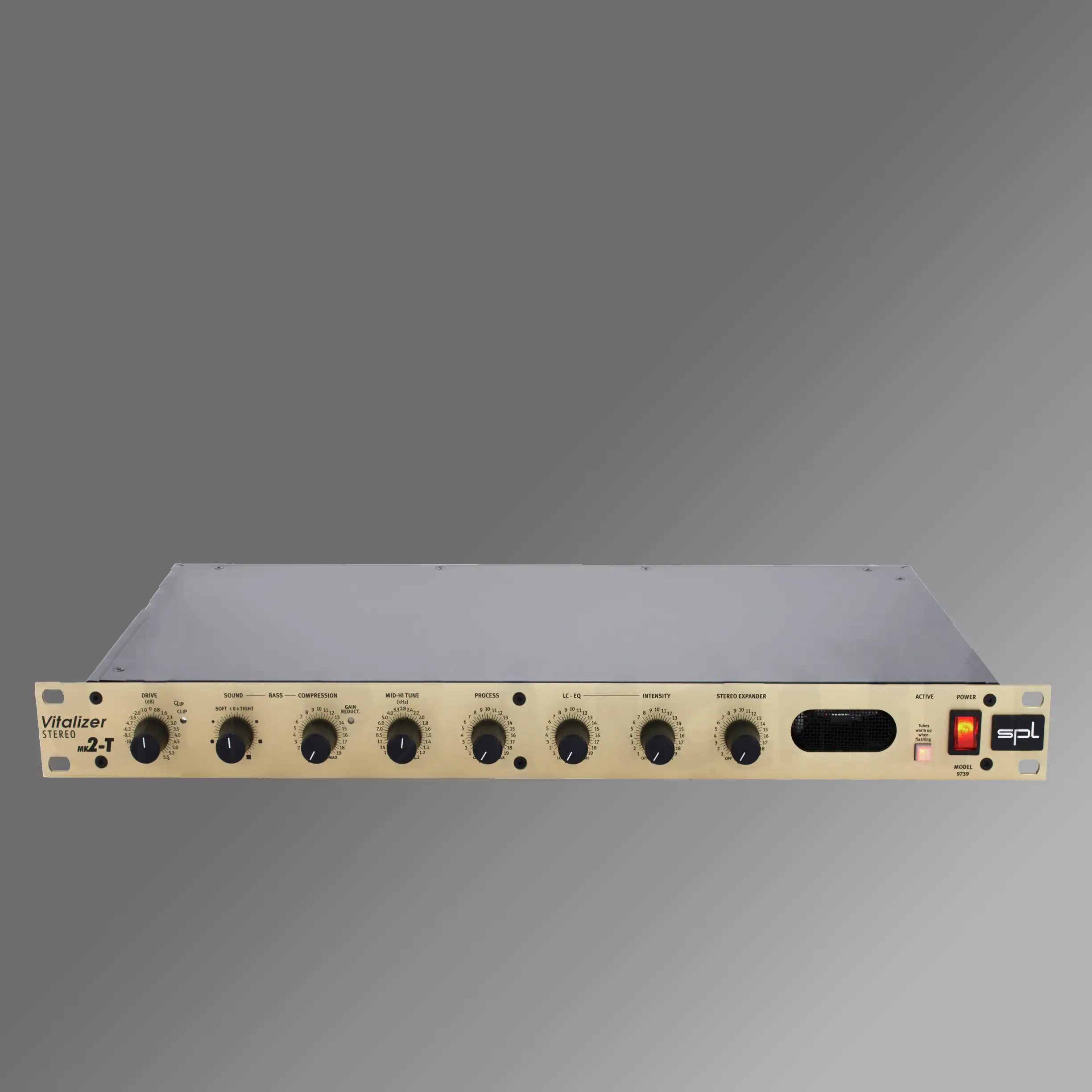
SPL Vitalizer MK 2 Tube
The magic box
The original vitalizer was the magic box that was indispensable in any studio in the 90s. In the meantime, there are the successors MK2 and MK2T as well as the Tube Vitalizer and it has become somewhat quieter around this small but incredibly effective device. The main reason for this is incorrect use. With the Vitalizer, the general rule is: less is more. Since our hearing gets used to changes in the sound very quickly and can be tricked especially by perceived increases in volume, the use of the Vitalizer was often exaggerated.
However, careful use of the Vitalizer can miraculously reveal hidden subtleties in the mix. Its predefined filter curves in the bass are reminiscent of the typical bass sound created by the Pultec trick. However, it is much easier to dose due to the fast soft-knee bass compressor.
Another special feature of the Vitalizer MK2T is the stereo expander. We have not yet come across a plug-in that works so well. Maybe it's because of the tube used in the expander stage, which adds some color to the inverted side signal. Although the mix becomes wider and fuller, the mix remains mono-compatible in large parts.
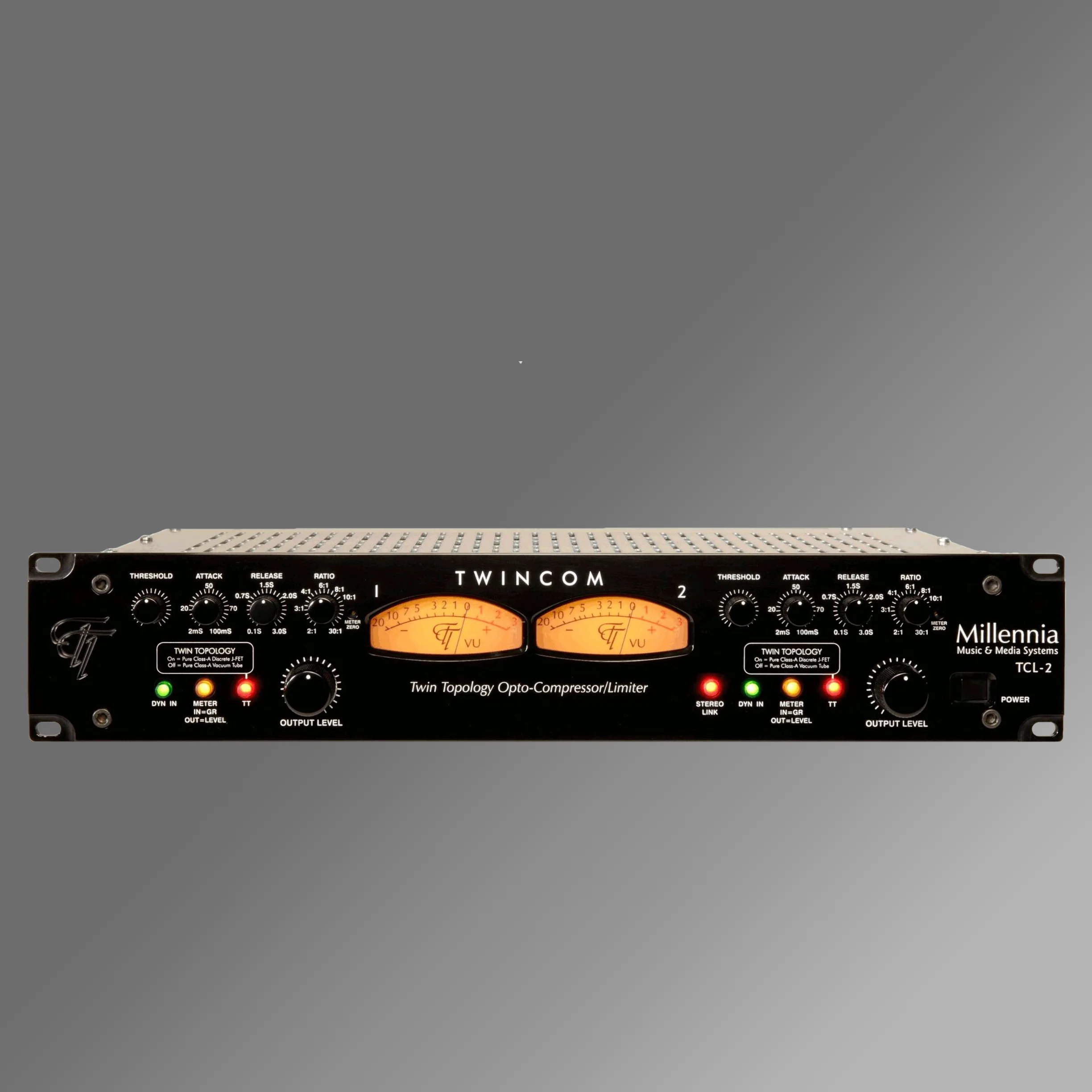
Millennia TCL2
The musical compressor
The Millennia is probably one of the cleanest, most musical compressors around. The TCL2 is an optoelectronic compressor with selectable tube or transistor circuitry. The TCL2 sounds incredibly transparent and musical. Like all optical compressors, its control response is slightly slower than that of VCA compressors. This makes brute pumping effects less possible, but also unintentional. On the other hand, the TCL2 adds warmth, more weight, more consistency and more depth to the music. The TCL2 probably does this better than any other compressor.
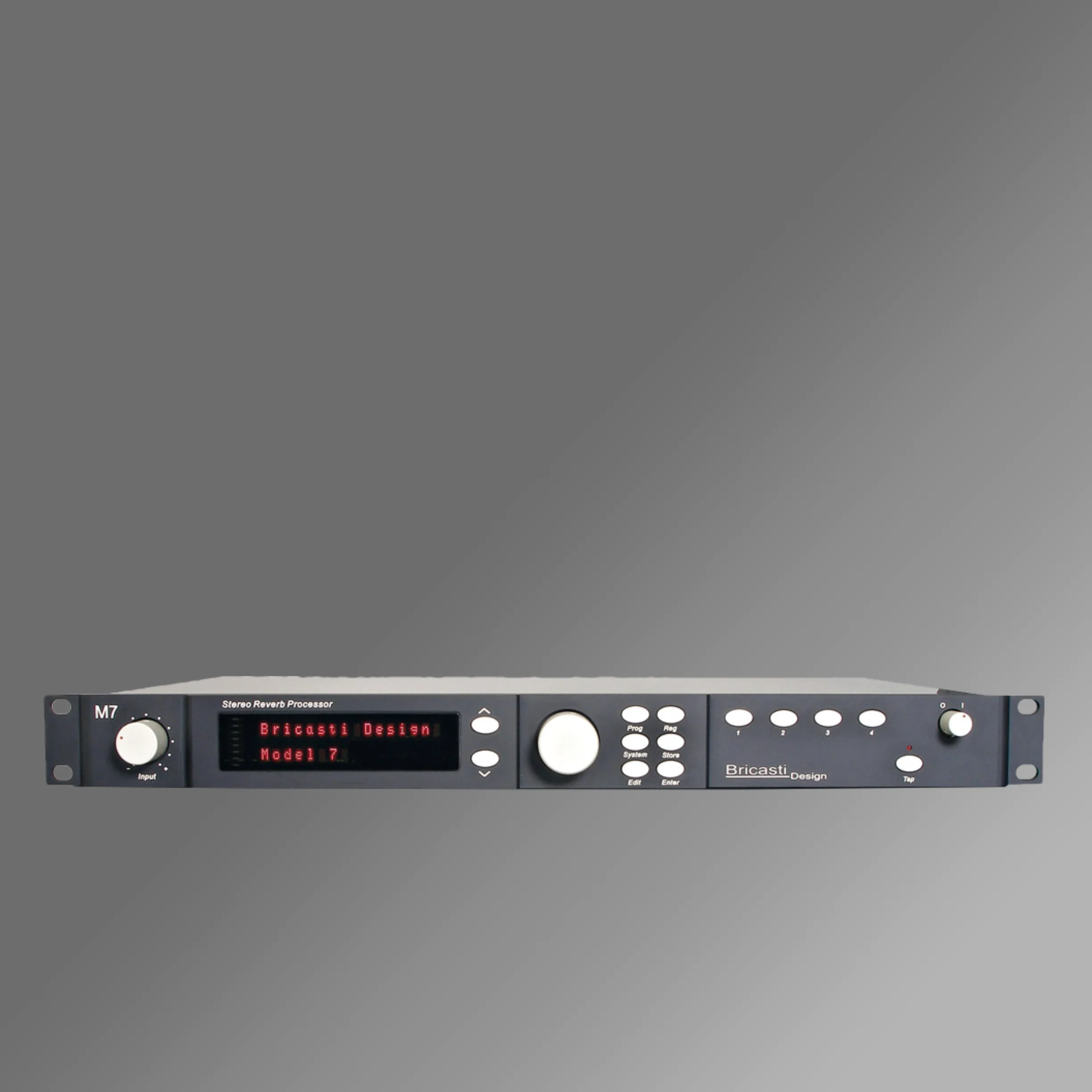
Bricasti M7
The room simulator
The Bricast M7 is certainly one of the best reverberators available. Its strength lies in the realistic, vivid simulation of real rooms, chambers and halls. The first version of the Bricasti came on the market with ultra clean non-modulated reverb rooms. These rooms were received with enthusiasm. We too fell in love with the Chambers especially the Sunset Chamber. But at the same time, there was a desire for modulated reverb tails like those brought by the big Lexicon. These sound less realistic, but are very lively and bring a certain vibe. 2 years later Bricasti then brought a firmware update with the additional v2 halls. Again, the response was great. Presets like Icebeads are already legendary today. Nevertheless, we see the Bricasti with its realistic rooms rather complementary to the classic Lexicon sound. From our point of view, the Bricasti manages better than all other reverbs to create a common real, lively sounding room.
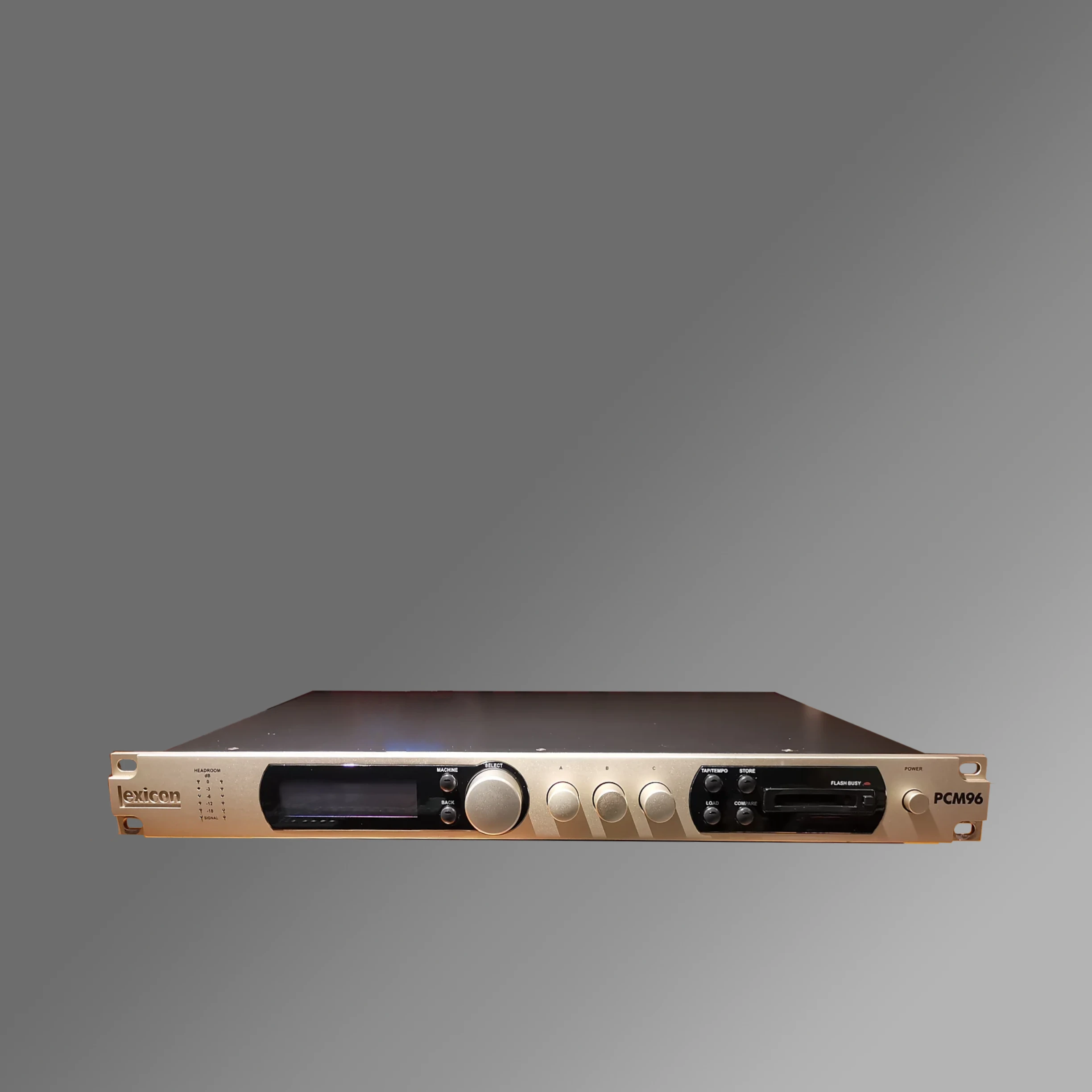
Lexicon PCM 96
The Dream Machine
This is the last Lexicon from the pen of the great Lexicon Halls. David Griesinger, the father of the legendary Lexicon 200 and 480 gathered a group of talented engineers around him. After the acquisition of Harman, the three development minds left the company. Two of them founded Bricasti (Brian and Casey) and the third Michael Carnes founded Exponential Audio, which focused on outstanding software reverb. Michael Carnes is the one who wrote the algorithms for the PCM 96. They are identical to the great Lexicon 960 except for a few corrections, but also to Lexicon's PCM Bundle software plug-in. The halls are fantastically vibrant, warm, mellow, shiny and always a bit larger than live. It is to this day one of the best hardware reverbs still available.
It's amazing that our favorite reverbs (Bricasti, Exponential Audio and Lexicon) all come from the same pedigree. Kudos.
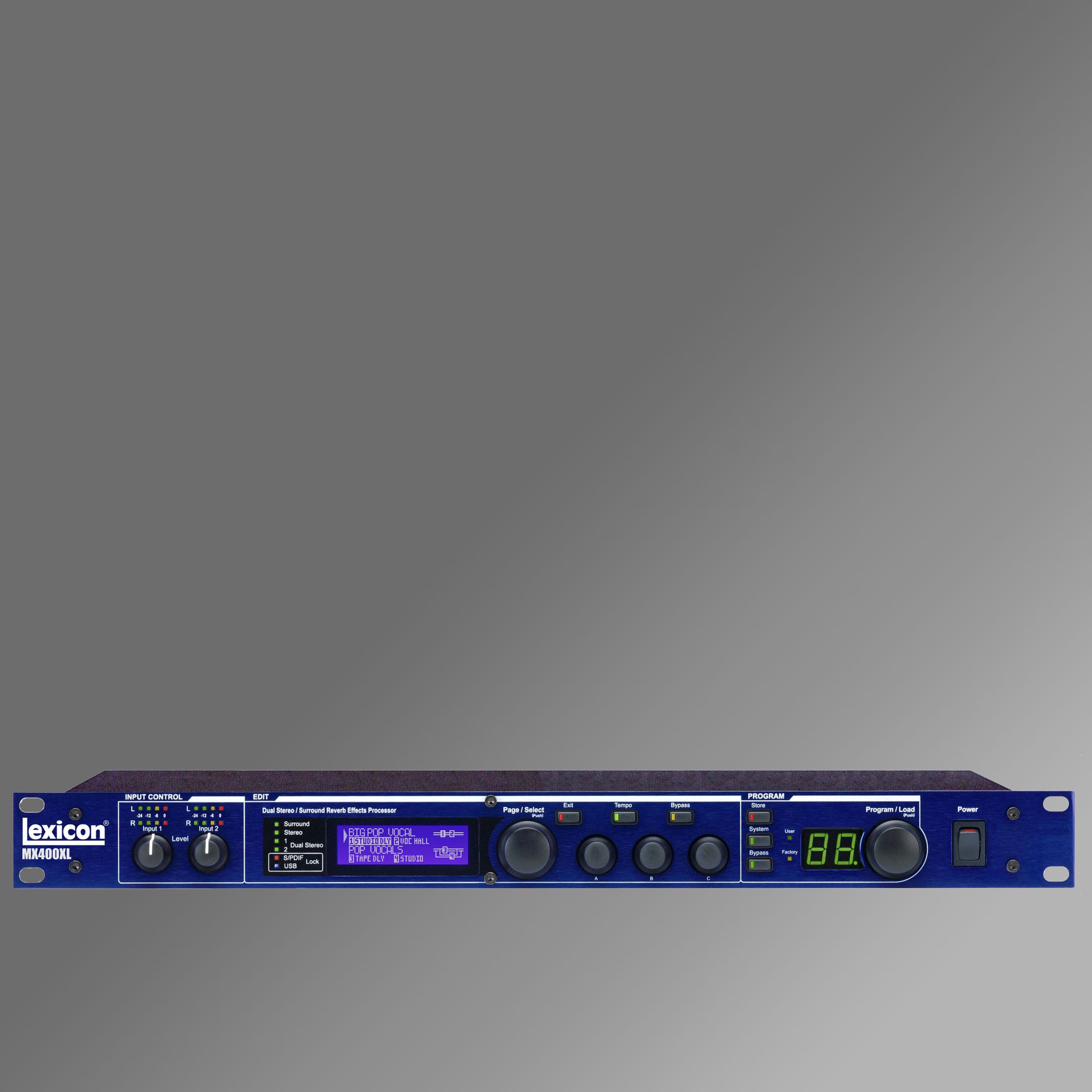
Lexicon MX 400 XL
The Multichannel Verb
The Lexicon MX 400 XL is something like the small brother of the PCM 96. It has a plugin interface, which unfortunately is no longer actively developed. The MX 400 XL is somewhat less dense than the larger PCM Reverbs. Nevertheless, it combines all the characteristics of a Lexicon reverb. It is warm, lively and shiny. Through its two Lexichips it can calculate four channels or 2 completely different reverbs at once. We also like to use the MX 400 live or for a monitor mix.






